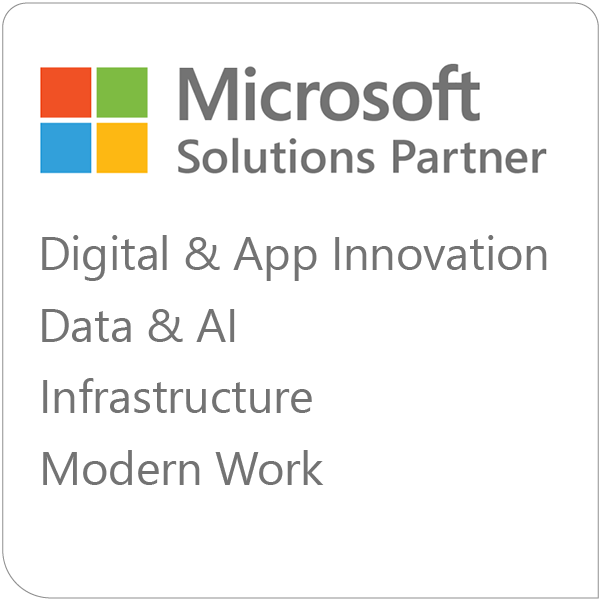Desktop virtualization continues to be a game-changer, reducing the time it takes to provision new desktops, decreasing desktop management and support costs, and enhancing security.
With the rise of remote work and increasing cyber threats, central management and robust desktop security have become more critical than ever. Azure Virtual Desktop (formerly known as Windows Virtual Desktop) in Azure has revolutionized the landscape with cloud-based desktop virtualization, eliminating the need for on-premises hardware and management.
The evolution of desktop virtualization
Azure Virtual Desktop offers significant advantages over traditional desktop virtualization. It's the only service that delivers a Windows 10 multi-session experience, optimizations for Office 365, Teams Voice, and support for Windows Server Remote Desktop Services and apps. These features make it a comprehensive solution for businesses seeking to streamline their operations and enhance productivity.
Transitioning from VMware Horizon to Azure
Many organizations have been using VMware Horizon for their virtual desktop infrastructure. With the advent of cloud technologies, transitioning from on-premises VMware Horizon to Horizon on Azure or Azure Virtual Desktop can offer several benefits, including scalability, cost-effectiveness, and the ability to leverage Azure's robust security and compliance features.
Moreover, the transition can help you take advantage of Azure's global infrastructure, ensuring low-latency access for users regardless of their location. It also allows businesses to shift from a CapEx model to an OpEx model, reducing upfront costs and enabling you to pay only for the resources you use.
Navigating legacy systems and server modernization
Extended support for Windows 7 ended in January 2020, but many organizations still rely on legacy applications. Microsoft's Desktop App Assure program has been instrumental in assisting businesses during their transition to Windows 10, ensuring app compatibility and smooth operations. For those still using legacy systems, it's crucial to develop a migration strategy to modern platforms to benefit from improved security and functionality.
In addition to desktop virtualization, server modernization is also a critical aspect of IT infrastructure. With extended support for SQL Server 2012 ending and Windows Server 2012 and 2012 R2 approaching, organizations need to plan their migration strategies. SQL Server 2012 Extended Support ended on July 12, 2022, and Windows Server 2012 and 2012 R2 Extended Support will end on October 10, 2023.
Microsoft is offering new benefits to ensure a smooth transition. These include SQL Server 2012 Extended Security Updates, Windows Server 2012 and 2012 R2 Extended Security Updates, and one additional year of extended support for Windows Server and SQL Server 2008 and 2008 R2, only on Azure.
Citrix: Enhancing value
Citrix complements Azure Virtual Desktop by providing robust enterprise tools that improve user density and performance, provision workloads on-demand, and simplify image and application management. With intelligent scaling tools, IT departments can optimize costs while delivering an exceptional user experience. Furthermore, Citrix Managed Desktops, an Azure Virtual Desktop-enabled desktops-as-a-service program, offers a straightforward, cloud-based management solution for delivering virtual apps and desktops to any device.
The Impact of Remote Work
The COVID-19 pandemic has significantly shifted the way organizations operate, with remote work becoming the norm rather than the exception. Desktop virtualization has played a pivotal role in this transition, providing secure, flexible, and efficient solutions for remote teams. As we move towards a post-pandemic world, the demand for such solutions is likely to remain high, with businesses continuing to prioritize flexibility and security.
Whether you're looking to transition your desktops to the cloud, modernize your servers, or are seeking an enterprise-class solution with Citrix, Azure Virtual Desktop and server modernization can help reduce costs, enhance security, and improve management of your workforce -- wherever they may be. As technology continues to evolve, staying updated with these advancements will be key to maintaining a competitive edge.




